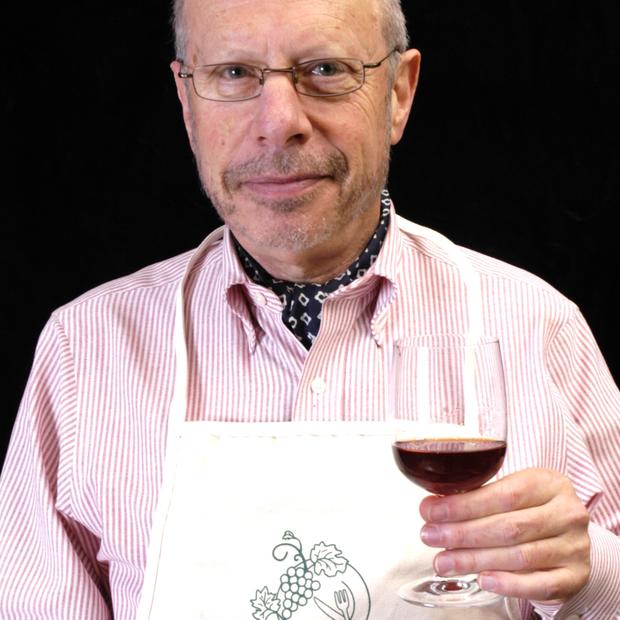Winter in Seattle may be cold and damp, but winter in Venice is another thing altogether.
Venice in winter, everyone agrees, is better than summer, when the 117 islands that make up La Serenissima are no longer overrun by the annual flood of tourists. Eighteen million a year, but they're warm-weather lemmings. What's most noticeable is how quiet the city becomes, once the lemmings leave. Why? No cars. The occasonal drone from a vaporetto, or the song of a gondolier, but no hotrods. Everyone rides public transportation, too, sitting in the vaporettos, three abreast like airplane passengers. No cars!
As the waters rise, the apostles of fashion gather for safety in their temples, behind the shop windows along the Campo S. Moisè, only the Deity, Georgio Armani, is absent. But cardinals Prada and Gucci are there, along with archbishops Ferragamo and Fendi, Msgrs. Valentino and Versaci. Even the harlot, Miu Miu, shows her ruffles. Prada's slacks and sport jacket make an appealing vestment, assuming you have 1,300 euros in the pockets of your shabby jeans; you'll need another 1,300 for shirt, tie, cardigan and shoes.
Shoes, the Italian status symbol, are delicate things, and at this time of year must be protected. High water, aqua alta, afflicts Venice throughout the winter months, especially in the low-lying Piazza San Marco, but the city's network of temporary wooden walkways, the 30-inch-high passarelle, extend like tentacles even unto the side streets.
On the Piazza itself, they've been working for years to stem the tide. Part one, literally stem the tide. Locally, to be sure, but out in the lagoon as well, with a complex system of underwater baffles. Second, restrain the groundwater from seeping through the centuries-old surface stones. Third, prevent the city's own sewer system from backing up. When they built the great campanile in the Renaissance, it was as solid as a rock. Now, its foundations are beginning to crack and crumble. Legions of technicians are working feverishly to prevent further deterioration, God forbid.
In the chilly off-season, the gondoliers wear down vests over their blue-striped jerseys, but they still call out "Gondola, gondola!" with clear, strong voices to entice the few travelers who remain into spending 100 euros or so for a 40-minute ride. Few American voices, plenty of Germans, though; they've always had a soft spot for Italy (Thomas Mann, after all, set his Death in Venice on the Lido).
Wandering in the damp and dark fog, you reach the Grand Canal, where you stumble into a traghetto, a kind of gondola. You pay the ferry man his toll, and he steers the slender boat through the gray traffic of vaporettos and water taxis to the opposite shore, where you alight and continue your quest. Half a euro was never so well spent.


